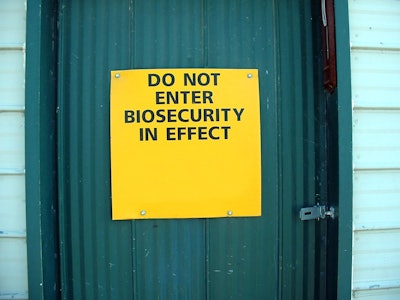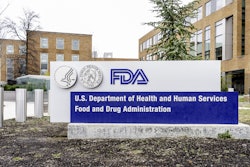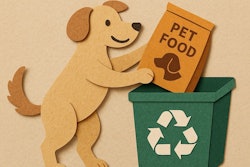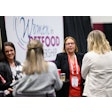
I recently had the opportunity to attend the International Poultry Welfare Alliance (IPWA) annual meeting in Bangkok on March 11, 2025. Nicolò Cinotti, DVM, secretary general, International Poultry Council (IPC), presented and said that the IPC’s top priorities for 2025 are “60% HPAI, 30% AMR (antimicrobial resistance) and 10% sustainability.” He went on to say that, “vaccination for HPAI (highly pathogenic avian influenza) will be an emerging approach for control in 2025.” The IPC currently has 31 member countries and 60 member companies from around the globe.
 Nicolò Cinotti, secretary general, IPC, identified HPAI as the number one priority for the global poultry industry.Polzella Gina
Nicolò Cinotti, secretary general, IPC, identified HPAI as the number one priority for the global poultry industry.Polzella Gina
If funds aren’t available to compensate producers who must euthanize infected flocks, or if bird losses result in excessively high consumer prices for poultry products, poultry producers in a country could be forced into vaccination for what Cinotti characterized as “economic” reasons. In my opinion the U.S. response to HPAI in table egg layers could fall into this category at some point in the future if the outbreak isn’t stamped out.
The number of wild birds, wild mammals and even dairy cows that have been infected by strains of HPAI is concerning. Cinotti stressed that HPAI is primarily an animal health concern rather than a public health concern, and it is incumbent on the poultry industry to work together to keep it that way.
Cinotti stressed that the poultry industry’s license to operate hinges on keeping HPAI from becoming major public health and food safety concerns. He said that the poultry industry needs strong leadership from international organizations. “We need a strong WOAH (World Organization for Animal Health), WHO (World Health Organization) and FAO (United Nation Food and Agriculture Organization),” he said. “No country is implementing 100% of WOAH standards. Countries need to keep working together, wild birds don’t respect international borders. You can’t have every country doing its own thing.”
We all hope that the current HPAI epidemics around the world will peter out as wild birds develop immunity and biosecurity and stamping out efforts continue to improve. But the industry needs to do more than hope. Epidemiological research to determine how the virus has been introduced to farms needs to continue. Any lessons gleaned from this research needs to be implemented. Vaccines which have been developed need to be trialed in field conditions and their efficacy tested. The industry needs to work its way out of the current outbreaks and be better prepared for when the virus mutates again and knocks on its door.



















